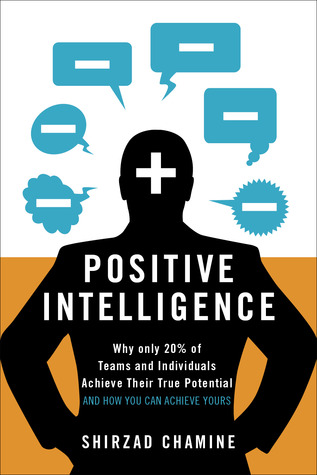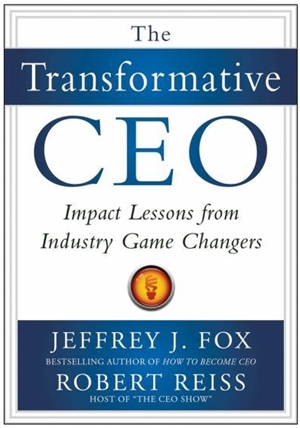Recommended Resource – Positive Intelligence
Positive Intelligence: Why Only 20% of Teams and Individuals Achieve Their True Potential and How You Can Achieve Yours
by Shirzad Chamine
About the Reference
Positive Intelligence by Shirzad Chamine reveals the ten personality Saboteurs limiting individual performance and the three Sage strategies to combat these limiters. Through his book, Shirzad provides a step-by-step method for unleashing potential by:
- Identifying and conquering your top Saboteurs
- Determining your initial Positive Intelligence (PQ) score
- Developing new brain ‘muscles’ and significantly increasing your PQ score
- Applying PQ tools and techniques to increase your personal performance and fulfillment
Benefits of Using This Reference
StrategyDriven Contributors like Positive Intelligence for its well-structured approach to identifying and overcoming one’s performance limiters. We found the book, its assessments, and recommended actions to be easy to follow and implement. Shirzad’s assessments accurately identified our Saboteur traits and the inner struggle – the thoughts, feelings, justification lies, and impact on self and others – these cause. It further revealed our personal motivation and style; leading to an understanding of the performance barriers improvement efforts should target. Positive Intelligence concluded with three Sage strategies, supported by insightful and thought provoking ‘inquiries,’ that were helpful in addressing our unique Saboteurs.
Understanding the intellectual and emotional barriers limiting one’s actions is a first critical step to improving performance. While a dry read at times, Positive Intelligence helps readers precisely identify their personality limiters and provides sound, actionable advise on how to overcome them. Shirzad’s book goes beyond the academic; providing real world examples and solutions. It’s this sound, implementable insight that makes Positive Intelligence a StrategyDriven recommended read.


 Decision makers select from an array of choices the course of action their organization will take; voiding several other possible alternatives. Since there is seldom a perfect solution option to resolve any particular issue, some aspects of the problem will remain unaddressed and/or some excessive action taken. Furthermore, it is impossible to consider all circumstantial variables when making any decision. These decision-making process limitations often lead to unintended consequences, some of which may so adversely impact the decision’s outcomes as to render it a failure or significantly diminish its return on investment.
Decision makers select from an array of choices the course of action their organization will take; voiding several other possible alternatives. Since there is seldom a perfect solution option to resolve any particular issue, some aspects of the problem will remain unaddressed and/or some excessive action taken. Furthermore, it is impossible to consider all circumstantial variables when making any decision. These decision-making process limitations often lead to unintended consequences, some of which may so adversely impact the decision’s outcomes as to render it a failure or significantly diminish its return on investment. “The chief merit of language is clearness, and we know that nothing detracts so much from this as do unfamiliar terms.”
“The chief merit of language is clearness, and we know that nothing detracts so much from this as do unfamiliar terms.” The Transformative CEO: Impact Lessons from Industry Game Changes
The Transformative CEO: Impact Lessons from Industry Game Changes “A picture is worth a thousand words.”
“A picture is worth a thousand words.”